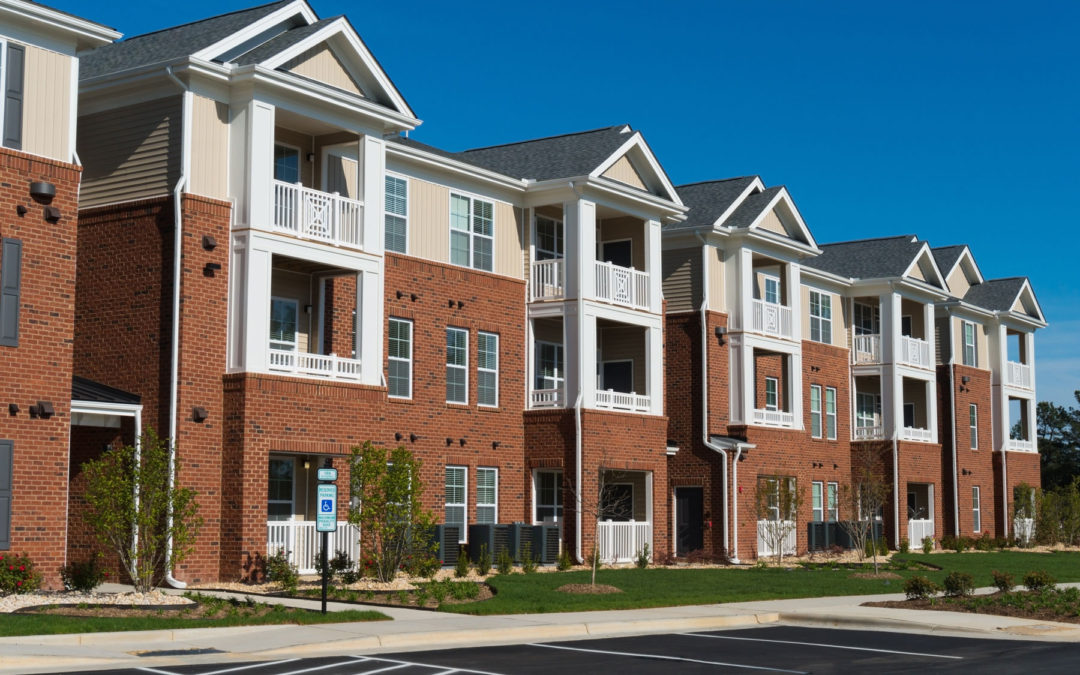Scotland is facing a growing challenge to meet demand for social housing with circa 160,000 households on local authority and other RSL waiting lists. Of these 40,000 families believe that they have no other way of having a roof over their head – that they will never be in a position to buy their own home. Despite this allocations by social landlords each year amount to just 5 per cent of that.
Traditionally, private renting was seen by many people as a stopgap before getting onto the property ladder. But the shortage of social homes coupled with high property prices has meant that renting privately has become a longer-term option.
When the credit crunch hit in 2008, the development of new housing of all tenures was severely affected. Since then private sector investment has been heralded as the ‘answer’ to the housing crisis. But despite the talk, there are still relatively few schemes to show for it. Why? Principally because investors will only commit to building homes when they are convinced the returns will at least match but preferably exceed other investment opportunities open to them.
If we are to make progress, public sector organisations must be proactive. Local authorities have a range of assets and planning powers at their disposal. With housing delivery stalled, now is the time for the public sector to think imaginatively about how we can bring housing forward.
We can work in partnership with the private sector by providing publicly owned land or negotiating different kinds of planning agreements.
Of course, as local authorities, our priority will always be to support the most vulnerable households. We look to ensure that any scheme we are involved in will help those in housing need. New delivery models may produce housing of different types to what we’ve seen in the past, but these can help us ensure as many people as possible have access to secure, affordable and decent homes.


Recent Comments